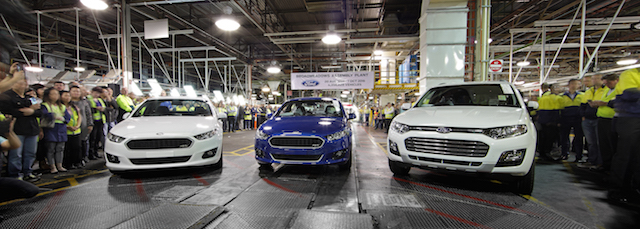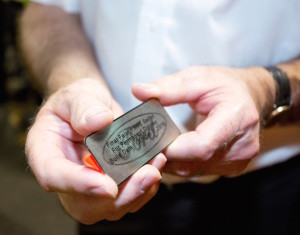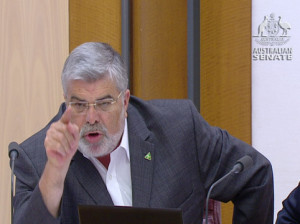
The final Ford Falcon sedan and Territory SUV has rolled off the production line in Melbourne, on the same day that rival Holden delivered the last of its Australian-built Cruze models.
 Ford on Friday closed its plant in Melbourne, ending 91 years of manufacturing in Australia. Hours later Holden took the first step towards shutting its Adelaide production factory later next year. Toyota will also close its operation near Melbourne in 2017.
Ford on Friday closed its plant in Melbourne, ending 91 years of manufacturing in Australia. Hours later Holden took the first step towards shutting its Adelaide production factory later next year. Toyota will also close its operation near Melbourne in 2017.
The Ford Falcon has gone to big car heaven, after almost 60 years of largely defining the character of New Zealand and Australian motoring needs. The Territory will be replaced in 2018 by a Canadian-built SUV, among other Ford SUV additions.
Taking the place of the Cruze hatchback from December this year will be the German-built Opel Astra, rebadged Holden. The Cruze sedan will next year come from General Motors’ plant in South Korea. Commodore variants will continue to be built in Adelaide until next year.

Australian Federal politician Kim Carr has drawn parallels with the closure of the Ford operation last week and Mitsubishi’s plant in Adelaide in 2004. He said the immediate outcome of the Ford shutdown will probably be the same as a study in 2006 found after Mitsubishi closed down.
“One third of the workers will find a new job, one third will be underemployed and dependent on casual hiring, and one third will remain jobless,” said Carr, the shadow minister for innovation, industry, science and research.
“But now, without a mining boom, the longer-term outcome is likely to be much worse as the countdown begins to shutdowns by Holden and Toyota at the end of next year.
“Moreover, the retrenched Ford workers will not be able to apply for the same kind of jobs at other car manufacturers, because those jobs are going too.”
Writing in Melbourne’s The Age newspaper Carr said that while Ford made its own decision to leave because the high Australian dollar at the time made exports unprofitable, “Holden was goaded into leaving by the Abbott government and Toyota followed suit because without at least two car manufacturers there would not be a big enough domestic supply chain to satisfy demand.

“Automotive manufacturing has long been the great repository of skills and capabilities in advanced manufacturing in this country,” Carr said. “That is what is now under threat because of the shutdowns.
“Whether these capabilities are lost will depend on whether government and industry pull in the same direction, or the government washes its hands of the problem as (Prime Minister) Malcolm Turnbull has done so far.
“If we can retain them there is every possibility of attracting new investment to revive the industry, as happened in Britain. If we do not, the grim prospect is that predicted by University of Adelaide research: 200,000 jobs lost across the national supply chain, with a A$29 billion hole ripped annually in the economy. That is an economic catastrophe the Australian government must avoid at all costs.”
Australian Manufacturing Workers’ Union (AMWU) vehicle division national secretary Dave Smith laid the blame for Australia’s automotive industry shutdown firmly at “flawed auto industry policies and free trade deals”.
“If you want to know the result of Australia providing the lowest support to the auto industry of any car-making nation, have a look at these great, skilled workers walking out the gate at Ford,” he said.
Ford will maintain its Australian design and engineering hub, with 160 workers at its Melbourne-based Asia Pacific Product Development Centre. Holden will also retain a presence in Australia beyond 2017, including its sales and marketing operations, spare parts organisation, design studios, and an ongoing engineering department.
